Table of Contents
Quality Service Guarantee Or Painting Free
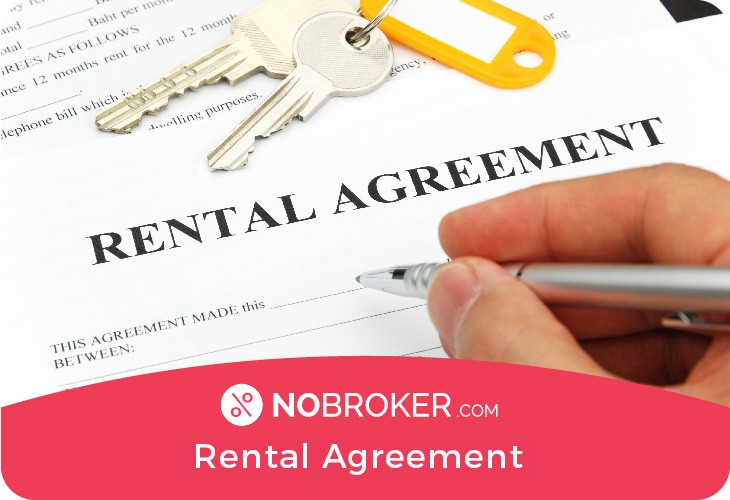
Get a rental agreement with doorstep delivery

Find the BEST deals and get unbelievable DISCOUNTS directly from builders!

5-Star rated painters, premium paints and services at the BEST PRICES!
Loved what you read? Share it with others!
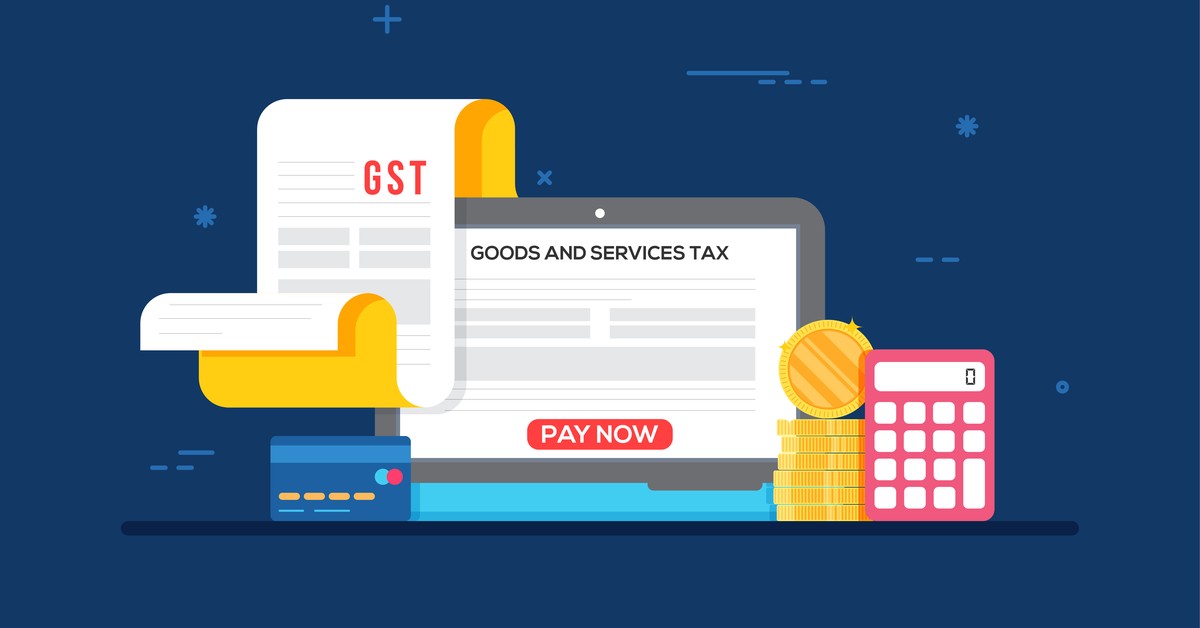

Submit the Form to Unlock the Best Deals Today
Check Your Eligibility Instantly

Experience The NoBrokerHood Difference!
Set up a demo for the entire community

Tenant Super Relax Plan
Enjoy Hassle-Free Renting
 Full RM + FRM support
Full RM + FRM support Instant alerts & premium filters
Instant alerts & premium filters Rent negotiation & relocation help
Rent negotiation & relocation helpE-Way Bill Guide: Key Insights & Compliance Tips
Table of Contents
E-way bill regulations have reshaped the logistics and transportation landscape since their inception on April 1, 2018. Serving as a crucial element for the conveyance of goods across states, the e-way bill ensures compliance with GST laws, streamlining the process of goods movement. This guide offers a comprehensive overview of its requirements, generation process, and operational nuances. Understanding the e-way bill system is pivotal for businesses to ensure seamless and penalty-free transportation of goods, reflecting the system's significance in the modern tax framework.
What is an E-Way Bill?
What is the meaning of an E-Way Bill? It’s usually a one-of-a-kind bill number assigned to a specific consignment involving the transportation of goods. The person responsible for the conveyance must have a physical copy of the E-Way Bill, including information such as goods, recipient, consignor, and transporter. On April 1, 2018, the e-way bill went into effect.
Purpose of E-Way Bills

When certain conditions are met, transporters must carry an E-Way bill when moving goods from one location to another under GST. Our goal here is to explore some of the topics surrounding E-Way Billing.
Quality Service Guarantee Or Painting Free

Get a rental agreement with doorstep delivery

Find the BEST deals and get unbelievable DISCOUNTS directly from builders!

5-Star rated painters, premium paints and services at the BEST PRICES!
E-Way Bill Rules Simplified
The e-way bill system, a cornerstone of GST compliance, mandates the electronic generation of bills for the movement of goods valued at over Rs. 50,000. Introduced on April 1, 2018, this system facilitates the seamless transit of goods across India, ensuring transparency and efficiency in logistics operations. E-way bill new rules include:
- Generation Requirement: The e-way bill should be generated before the commencement of goods transportation, applicable to both inter-state and intra-state movements.
- Information Necessary for Generation: Essential details required for an e-way bill include GSTIN of consignor and consignee, HSN code of goods, transport document number, and vehicle number.
- Validity Period: The validity of an e-way bill depends on the distance the goods are to be transported. For every 100 kilometres or part thereof, the validity is one day for up to 200 kilometres, extending proportionally with distance.
- Exceptions: Not all goods require an e-way bill. Exemptions include goods specified in the GST rules annexure, consignments valued less than Rs. 50,000, and certain types of goods movements such as from a customs port, airport, air cargo complex, or land customs station to an inland container depot or a container freight station for clearance by Customs.
- Cancellation and Update: An e-way bill can be cancelled within 24 hours of its generation if not verified in transit. Additionally, vehicle details in Part B of the e-way bill can be updated for the actual commencement of movement.
E-way Bill Applicability
The e-way bill, integral to GST compliance, is essential for the transport of goods worth more than Rs. 50,000. Implemented nationwide on April 1, 2018, it standardises the documentation for goods movement, ensuring consistency across state lines. Required for both interstate and intrastate transfers, the e-way bill system enhances the efficiency of goods shipping and aids in monitoring to prevent tax evasion. Exceptions include specific goods categories and non-motorised transport, tailored to simplify the process for particular scenarios. This digital mechanism, accessible through the GST portal, is a step towards streamlining tax-related procedures and reinforcing the framework of the digital economy.
Understanding the E-Way Bill KM Limit: Navigating Validity Periods
The e-way bill system incorporates a unique feature concerning the validity period based on the distance the goods are transported. Specifically, for every 100 kilometres or so, the e-way bill is valid for one day from the time of its generation. This validity period is crucial for ensuring that goods are transported within a stipulated time frame, enhancing the efficiency of logistics and compliance monitoring. For distances beyond 100 kilometres, the validity extends accordingly, requiring careful planning for long-distance shipments to avoid the expiration of the e-way bill. This system is designed to accommodate the dynamic nature of goods transportation, ensuring that the e-way bill remains a flexible yet robust tool for managing the movement of goods across India.
The electronic bill of lading’s primary goal in the GST provisions was to create a single national E-Way bill that suppliers and transporters across the country could use. The States were allowed to continue using their own separate E-Way bill systems until the national e-way bill was ready. However, the GST Council received several representations from the trade and transportation communities, claiming that the e-way bill was causing an unnecessary bottleneck in interstate goods movement, necessitating an earlier implementation of the E-Way bill.
Following this review, the GST Council announced a new date for the E-Way Bill’s nationwide rollout after reviewing the hardware and software readiness.
E-Way Bill Registration: A Quick Guide
The registration process outlines the straightforward steps required for stakeholders to engage with the e-way bill system. To initiate, businesses and transporters must register on the official GST e-way bill portal using their GSTIN. Upon successful registration, users receive credentials to access the portal, enabling them to generate, manage, and cancel e-way bills as necessary. This registration is a one-time process, designed to integrate users into the national framework, ensuring compliance and facilitating the smooth transport of goods across state lines. For unregistered transporters or businesses without a GSTIN, a unique Transporter ID is provided post-registration, allowing participation in the e-way bill system. This inclusive approach ensures that all entities involved in the transportation of goods can comply with GST requirements efficiently.
E-Way Bill Documentation Essentials
To comply with the e-way bill requirements, certain documentation is crucial. This includes:
- Invoice/Bill of Supply/Challan: Relating to the consignment of goods.
- Transporter ID or Vehicle Number: For road transport, the vehicle number or Transporter ID is mandatory. For rail, air, or sea, the transporter's ID, the transport document number, and date are required.
- E-Way Bill Number (EBN): Generated through the GST portal, this unique number is a must-have for the transporter.
E-Way Bill: Process to Generate It
The E-Way bill (EWB) portal is a one-stop shop, and this article will provide a definitive answer to how to generate an E-Way bill (single and consolidated) and change vehicle numbers on previously E-Way Bill Generate, how to cancel an E-Way bill, and much more.
E-way bills generated by mobile can be done using any one of the following methods:
● On the Web
● Via SMS
● By e-Invoicing
A Step-By-Step Guide on How to Generate E-Way Bills

Step 1
To use the E-Way bill system, you must first log in. The username, password, and captcha code must all be entered. Select 'E-Way bill online login' from the drop-down menu.
Step 2
Click 'Generate new' under the 'E-way bill' option on the dashboard's left side.
Fill in the following fields on the screen that appears:
- Type of transaction: If you are supplying consignment items, select 'Outward.' If you are receiving consignment items, select 'Inward.'
- Sub-type: Choose the appropriate sub-type for you. - If it is not listed, select one of the following document types: invoice, bill, challan, credit note, bill of entry, or others.
- Document No. : Input the document number.
- Date of Invoice, Challan, or Document: Choose the date of the invoice, challan, or document. The system will not allow the user to enter a date in the future.
- To/From For a supplier or a recipient, please fill out the To / From section details. To indicate that the person is an 'Unregistered Person' if a supplier or client is not registered, enter 'URP' in the GSTIN field.
- Details about the item: Enter the consignment's details (HSN code-by-HSN code) in this section. On implementing E-Way bills, corresponding entries can also be auto-populated in the respective GST Return while filing on the GST portal based on the details entered here.
- Details about the transporter: This section must describe the mode of delivery (road, rail, ship, or air) and approximate distance travelled (E-Way Bill distance calculator).
The following details can be mentioned in addition to what has already been mentioned:
○ Name of the transporter, transporter ID, transporter Doc. No., and Date
○ OR
○ The number of vehicles in which the consignment is being transported.
NOTE: For frequently used products, clients/customers, suppliers, and transporters, first update the 'My masters' section, which is also accessible from the GST E-Way bill login dashboard, and then proceed.
Step 3
Select 'Submit' from the drop-down menu. A message is displayed when the E-Way Bill Login system detects an error. If you fail to provide the requested information, an E-Way bill in Form EWB-01 will be generated with a unique 12-digit number.
Step 4
The E-Way bill must be printed and carried for the goods being transported in the chosen mode of transportation.
E-Way Bill: When is It Generated?
One of the following could be used as a supply for this purpose:
- A supply is made for consideration in the course of business (payment).
- A proposal is made in exchange for a monetary consideration (payment) that is not necessarily in business.
- A supply made without thought (without payment).
To put it another way, the term 'supply' usually refers to:
- Sale: a transaction in which goods are sold and exchanged for money.
- Transfer: branch transfers, for example, Barter/Exchange – where goods are exchanged for money rather than cash.
As a result, E-Way Bills for all types of movements must be generated on the same portal. Even if the cost of the shipment of Goods is less than Rs. 50,000, the E-Way bill must be generated mandatorily for certain specified Goods:
- Inter-state transport of goods by the principal to the job worker by the principal/registered job worker, and
- Inter-state transport of handicraft items by a dealer exempt from GST E-Way Bill registration.
E-Way Bill: Who Should Generate It?
Registered Individuals
An E-Way bill must be generated whenever goods worth more than Rs 50,000 are moved to or from a registered person. Even if the goods are worth less than Rs 50,000, a registered person or transporter may elect to generate and carry an E-Way bill.
Unregistered Individuals
Unregistered individuals must also make an E-Way bill. When an unregistered person makes a supply shipment to a registered person, the receiver is responsible for ensuring that all compliance requirements are met as if they were the supplier. When unregistered transporters enrol on the E-Way bill portal, they will be given a Transporter ID, after which E-Way bills can be generated.
Transporter
Transporters who transport goods by road, air, rail, or other means must also create an e-Way Bill if the supplier has not yet generated a bill.
NOTE: If a transporter is shipping multiple item shipments in a single vehicle, the form GST E-Way Bill 02 can create a consolidated e-way bill by providing the e-way bill numbers for each shipment. If neither the consignor nor the consignee has created an e-way bill, the person in charge of transporting can do so by filling out PART A of FORM GST E-Way Bill 01 using the invoice/bill of supply/delivery challan provided to them.
When is E-Way Bill not Required?
It is not necessary to create an E-Way Bill in the following situations:
- Non-motorised transportation is used.
- Items are transported to the Inland Container Depot (ICD) or Container Freight Station (CFS) for clearance by Customs from a port, airport, air cargo complex, or land customs station.
- Items that are supervised by Customs or are sealed by Customs.
- Shipments are transported under a Customs Bond from an ICD to a Customs port or from one customs station.
- Cargo items are shipped to or from Nepal or Bhutan in transit.
- Transport of goods caused by a defence formation acting as a consignor or consignee under the Ministry of Defence.
- Empty cargo containers are being transported.
- Consignor transporting goods 20 kilometres between their place of business and a weighbridge for weighing, accompanied by a Delivery receipt.
- The Central Govt., State Govts., or a local body are the consignors of goods being transported by rail.
- Goods listed in the respective State/Union territory GST E-Way Bill Rules as exempt from E-Way bill requirements.
- Transportation of certain specified goods: Includes the list of exempt goods supplies, Annexure to Rule 138(14), goods treated as no supply under Schedule III, and certain schedules to Central Tax Rate notifications.
NOTE: When the distance between the consigner or consignee and the transporter is less than 50 kilometres, and the transportation is within the same state, Part B of the e-Way Bill is not required to be filled out. In other words, an E-way bill is not required for 50 km.
How is the Criterion "Value of Consignment of Goods" Applied?
The term "value of a consignment of goods" is defined as follows:
The invoice value* is greater than Rs. 50,000 OR - If a vehicle transports goods for multiple invoices, the total invoice value* must exceed Rs. 50,000. The invoice value refers to the total transaction value on the invoice, which includes all taxes but excludes the value of exempt goods transported with taxable goods and billed together.
E-Way Bill Validity
People in a few states (Eg: E-Way Bill Karnataka, E-Way Bill Delhi, E-Way Bill Tamil Nadu), however, have been given relief by being exempted from the generation of E-Way bills if their monetary E-Way Bill limit falls below a certain threshold amount or if they purchase certain specified items. For example, Tamil Nadu has exempted its residents from generating E-Way bills if the value of the items is less than Rs. 1 Lakh.
The above-mentioned detailed breakdown of what an e-way bill is must have helped you understand the basics and importance of an e-way bill in the financial system. Not only is it a mandatory step in successfully transporting goods, but it is also a critical element of a successful business. If you still need an expert legal and financial consultant to help you navigate through things like an e-way bill, you will certainly find the right consultant at NoBroker. Please leave a comment below this article, our executive will be in touch with you soon.

NoBroker Packers and Movers Tips Testimonials
I have truck for packers and movers what is the procedure to attach vehicle in no broker pls give the directions
I have choosen the n broker packers and movers service. It was effortless and hygiene
NoBroker made my intercity move from Mumbai to Bharuch was completely hassle-free. Their team was prompt, well-organized, and handled my belongings with great care and the movement manager assigned to me Ankit helped me alot throughout the movement with proper updates and follow ups on time. I really appreciate the service.
I recently used NoBroker Packers and Movers for my relocation, and the experience was fantastic. The team was punctual, professional, and handled all my belongings with care. They used high-quality packing materials, ensured safe transportation, and delivered everything on time without any damage. Their customer support was responsive, and the entire process was hassle-free. I highly recommend NoBroker Packers and Movers for a smooth and reliable moving experience!
Trusted company Hassle free services Trained and professional services provided
Amazing care and attention given to all my belongings. Thanks for the great service!
They exceeded all my expectations. I’m so impressed!
I appreciate their punctuality and commitment to timelines
They packed my delicate glassware with extra care. Very professional.
the very wonderful and very experience , genuine person, Genuine nd hard working thank you so much❤
They are so coprotive and nice service I don't get any broke thing
This is a very famous business m i am so very happy
NICE SERVICE
Good packaging
Best packaging ever seen
BOHOT KHUSH
Great packaging
Very good people and handles the items carefully. Recommended!
Very good service on time Delivery
Professional and timely service
.Please approach them guys they are really really good honesty.
I am fully satisfied with the shifting services its all very responsible person keep it up .....
Great service and very prompt service. Extremely professional.
Excellent service provided by the team. Highly professional and experienced
Good service along with good staff. They have taken care of my materials properly. Highly recommend
Great service, excellent work very polite staff handled the product very cautiously...
Very reliable service and very good behaviour.
Good packers and movers service with door pickup to drop !
Nice packaging and professional work
Nice packing , all staff are very cooperative, Timely delivered the items without damaging.
No broker packers and movers are best team for house shifting recently I have shifted they are very polite and professional with lowest price guarantee ,🙌
##Nobroker Packers and Movers It was an amazing experience with you, The team was really supportive & professional, the way they packed and shifted my household stuff it was really good to see. I will recommend nobroker packers and Movers over other packers and Movers.
Great services by No brokers, so efficient and easy ❤️
Satisfying service
A big thank to No broker packer and movers team for providing me such a hassle free shifting within such a less time Professional team with perfection work
No Broker made my move easy and stress-free. Highly recommend them!
I had a smooth move with No Broker. They were on time and professional.
Great service! The team was very helpful and careful with my things
Awesome job by the team! They worked quickly and took care of my belongings."
Most Viewed Articles

15 Best Local Packers and Movers in Bangalore: Quick Home and Office Relocation Services 2025
February 25, 2025
549263+ views

Auspicious Days for Griha Pravesh Muhurat 2025 : Month-Wise Date & Time
May 8, 2025
337216+ views
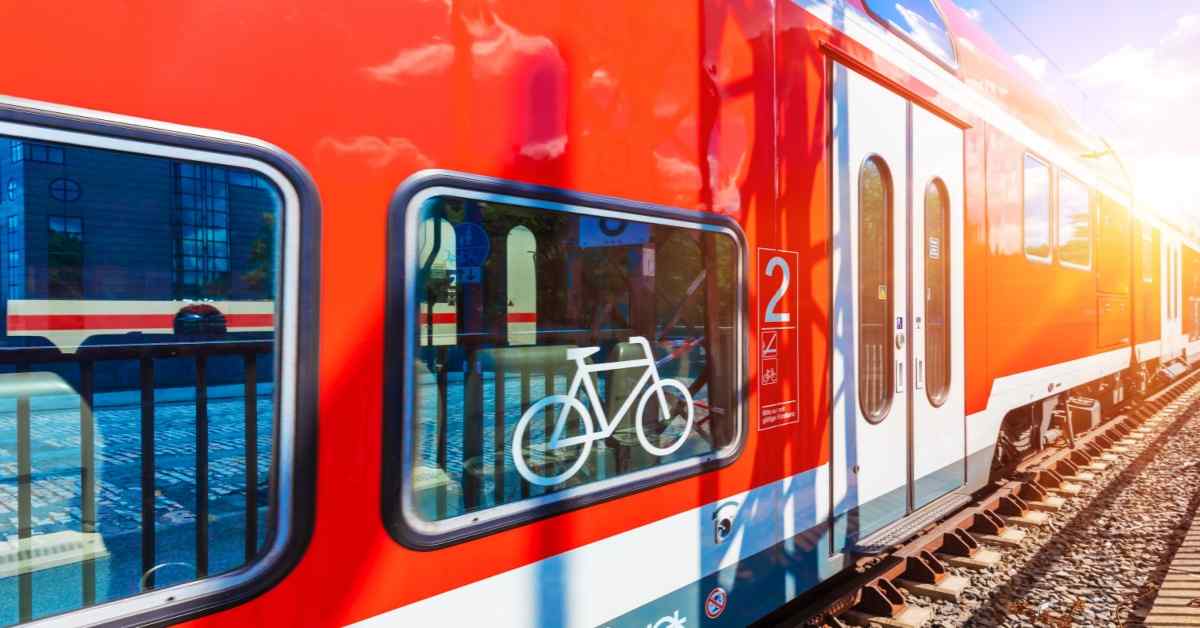
Bike Transport by Train in India: Charges, Booking Process & Documents Needed in 2025
April 30, 2025
96919+ views
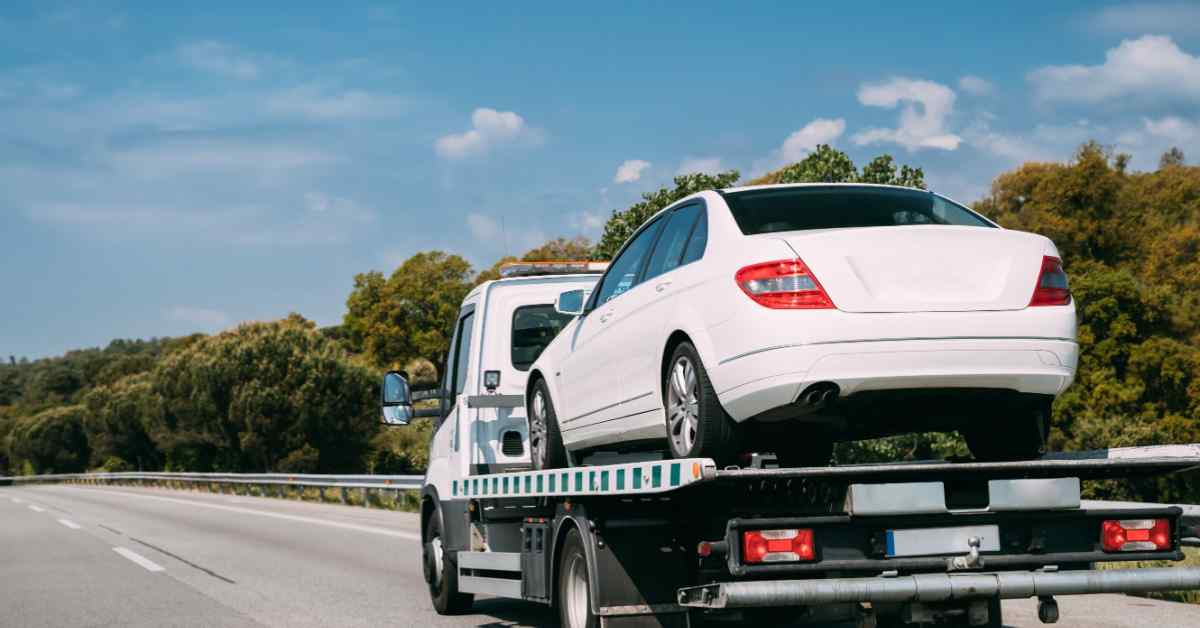
Vehicle Shifting Services in Bangalore: Booking Process, Charges and Required Documents in 2025
February 19, 2025
44801+ views

New House Checklist Before Moving into Your New Home
January 31, 2025
41460+ views
Frequently Asked Questions
Answer: Transporters must generate an E-Way Bill (EWB) if the supplier hasn't, using invoice/challan details provided by the supplier or consignor. Failure to generate an EWB can result in a Rs 10,000 penalty, tax evasion charges, and possible confiscation of goods and vehicle seizure.
Answer: For a consignment with multiple transporters, generate one e-way bill using the initial transporter's ID. If transporters change, update the ID on the portal. Sellers can't modify this after reassignment. Use separate delivery challans for each transporter to avoid issues and ensure seamless data flow on the e-way bill system.
Answer: Whether the supplier is also the transporter or not is a critical factor in this situation. If he is the transporter, he must create an e-way bill for all the specified invoices; if not, the transporter must create an e-way bill for all specified invoices in the vehicle.
Answer: "CKD/SKD" indicates the transport of goods that are completely or partially disassembled, like a fan shipped in parts to be assembled later. "Line sales" describe transactions within different units of the same company, moving goods along the production line.
Answer: Yes, you can cancel an E-Way Bill within 24 hours if not verified in transit, useful for errors or transport changes. However, it can't be cancelled post-verification by officers during transit.
Loved what you read? Share it with others!
Recent blogs in
NoBroker Packers and Movers: Application, Booking Charges and Reviews in 2025
May 30, 2025 by NoBroker.com
12 Best Packers and Movers in Mumbai: Budget-Friendly Relocation Services in 2025
May 27, 2025 by Siri Hegde K


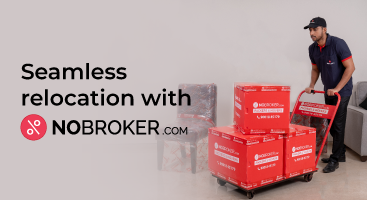
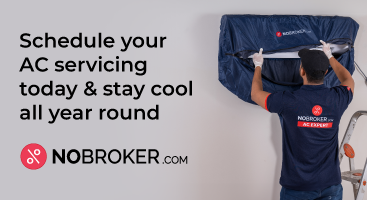

Join the conversation!